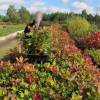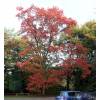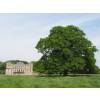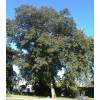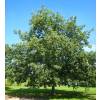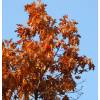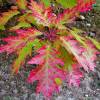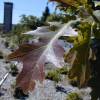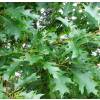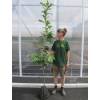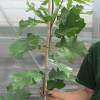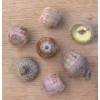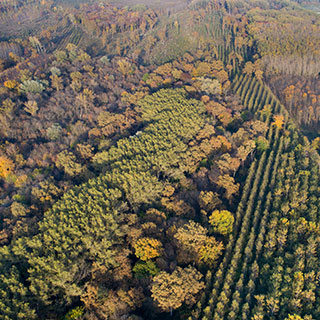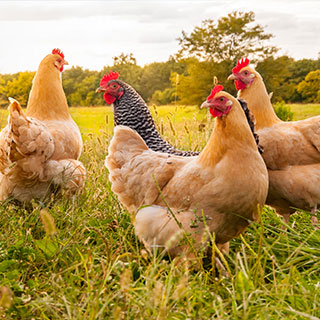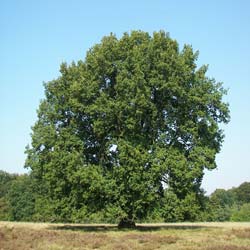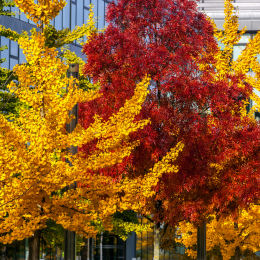Oak, red / Quercus rubraBuy: Oak, red
Pictures of: Oak, red
Description: Oak, redRed Oak, Northern Red Oak, Champion Oak - Quercus rubra, Quercus borealis (latin)
Area of origin: Eastern region of North America.
• See the Oaks catalogue Plant, or reforest Red Oak, Northern Red Oak, Champion Oak, Quercus rubra, quercus borealis – Foresters Guide1) The Red Oak, Northern Red Oak, Champion Oak (Quercus rubra, quercus borealis) is it suitable for my land?The Red Oak generally grows on acidic grounds, which are well supplied in water. It is very sensitive to summer drought. The Red Oak does not tolerate grounds with winter water logging, the presence of limestone in fine soil, and thin grounds where the summer drought can be important. It appears to be sensitive to late frost and to snow. This genus is very competitive towards other species like the Sessile or the Pedunculate Oak. The Red Oak has an important regeneration as well as a good tolerance to shade as a young plant and has a fast start in growth. It can be found in areas up to 800 m in altitude. 2) Which planting density for my Red Oak, Northern Red Oak, Champion Oak plot? (Quercus rubra, quercus borealis)
The planting density is the number of plants planted in one hectare (acre). Here it means determining the initial number of young plants and to choosing their repartition in the available space.
3) How to prepare the soil to plant Red Oak, Northern Red Oak, Champion Oak (Quercus rubra, quercus borealis)?In Silviculture, working the soil is a key element in the success of planting. The root system of the tree must take rapidly where planted. Whether the work is done mechanically or manually, we recommend working the soil in its depth for optimum planting. 4) How to plant the Red Oak, Northern Red Oak, Champion Oak (Quercus rubra, quercus borealis)?a- Receipt, storage and preparation of the plants before planting
In all case, you must: Finally, the worker will tamp down the soil carefully with its foot. It is forbidden to press strongly or again to heel-butt the plant to avoid crushing the earth-ball and damage the root system of the plant. Video on planting using a planting cane Buy Planting cane 5) How to limit weeds on my Red Oak, Northern Red Oak, Champion Oak plot (Quercus rubra, quercus borealis) ?
During the first years, it is essential to eliminate all self-propagating plants. Not controlled they are going to be in competition with your plants and are going to deprive the young trees of the vital elements they require to grow (water, light and nutritional elements). You must therefore eliminate mechanically this unwanted competition until the trees are big enough to be able to dominate it.
It is in fact acts often carried out using portable thermic Strimmers or billhooks to clear plants on a line or around the plants themselves.
These actions are done using cutters and flail mowers, horizontal or vertical cutters, mounted on mini excavators or tractors. As a result, they cannot be undertaken outside the spaces available between the tree lines (plants or plants). 6) How to protect my young Red Oak, Northern Red Oak, Champion Oak plants from wildlife (Quercus rubra, quercus borealis) ?
There is a necessity to protect the plot as soon as the population’s density of Cervidae (deer and roe deer in particular) risk leading to significant damage such as undergrowth of the plants or friction of the stems. Sometimes, the setting up of plants’ protection is also necessary as soon as the rodents’ population (rabbits, hares, coypu, voles...) are locally important.
Related Categories: Oak, red
Your reviews about: Oak, red |
















































































































































































































































